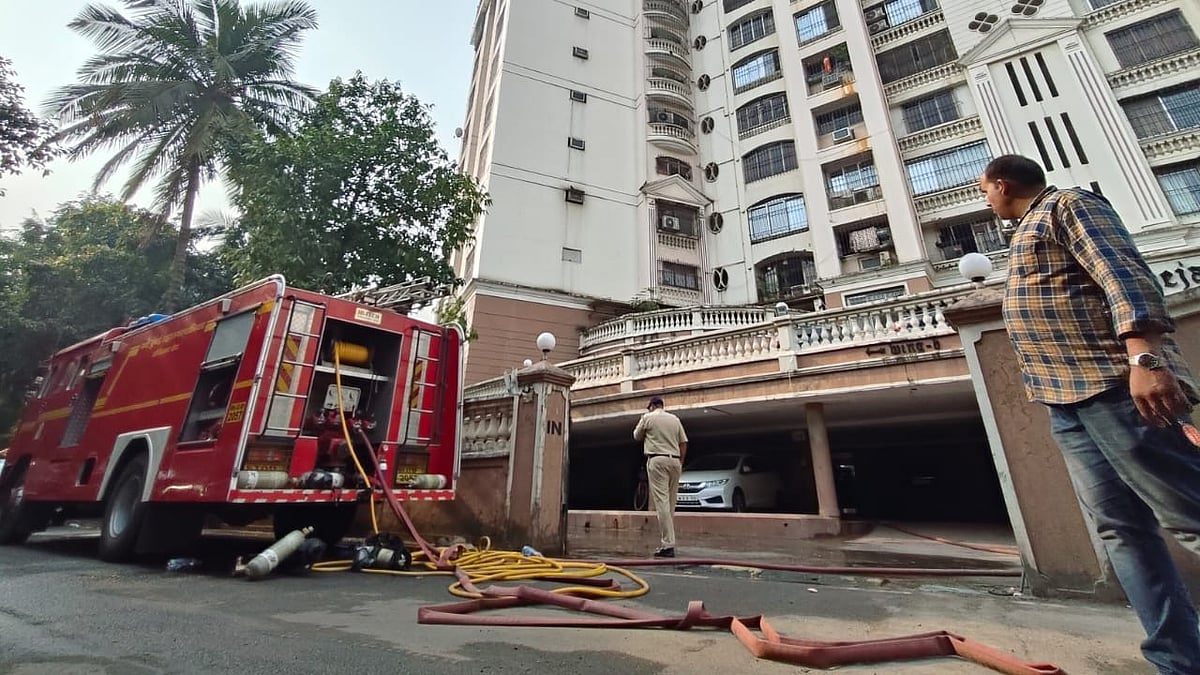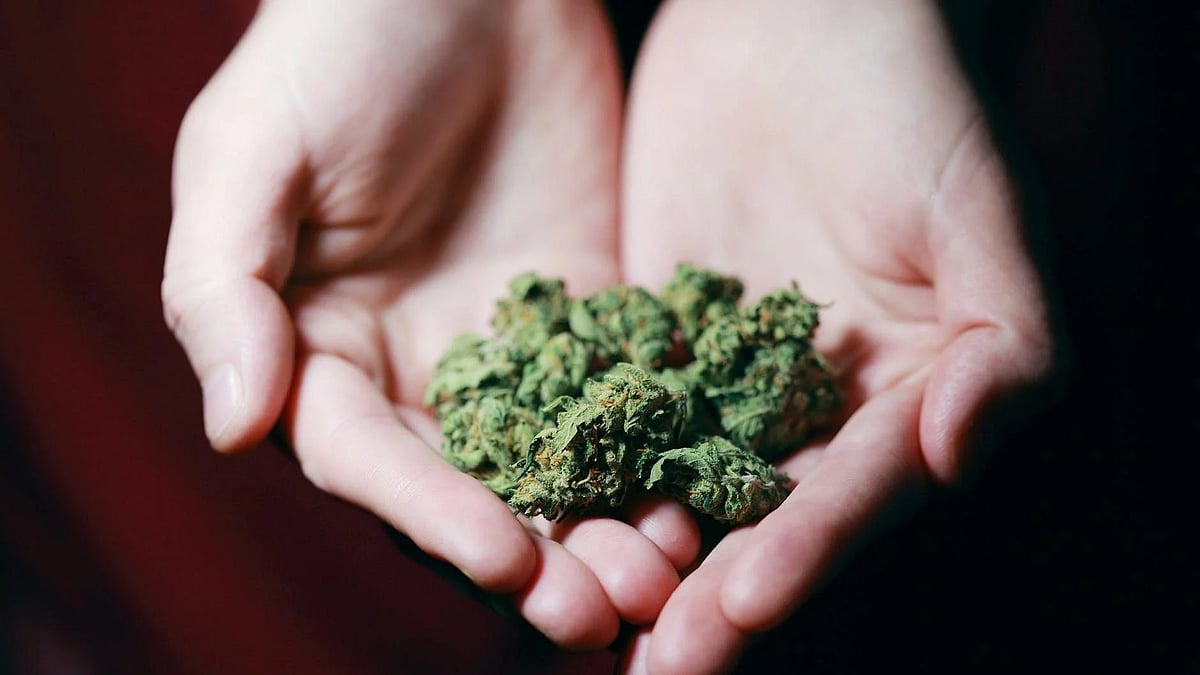At the 29th meeting of the Monetary Policy Committee (MPC), which was held from June 2 to 4, 2021, it was decided to maintain the status quo on rates. The MPC also decided to continue with “the accommodative stance as long as necessary to revive and sustain growth on a durable basis and continue to mitigate the impact of COVID-19 on the economy, while ensuring that inflation remains within the target going forward.”
The meeting was attended by all the members – Shashanka Bhide, Senior Advisor, National Council of Applied Economic Research, Delhi; Ashima Goyal, Professor, Indira Gandhi Institute of Development Research, Mumbai; Jayanth R Varma, Professor, Indian Institute of Management, Ahmedabad; Mridul K Saggar, Executive Director (the officer of the Reserve Bank nominated by the Central Board; Michael Debabrata Patra, Deputy Governor in charge of monetary policy – and was chaired by Shaktikanta Das, Governor.
Some quotes from the MPC:
Shaktikanta Das said:
The indicators of rural as well as urban demand suggest that economic activity was normalising and gaining a strong foothold in Q4:2020-21 with broad-based recovery driven by revival in real estate, manufacturing, construction and trade and financial services.
The recovery also got reflected in the strong print of the real gross value added (GVA) growth for the same quarter. This momentum in activity got abruptly disrupted with the onset of the second wave.
Going forward, agriculture is expected to be the bright spot in the current year as well after remaining the fulcrum of growth during 2020-21. The upward revision of the monsoon forecast with good spatial distribution augurs well for this expectation.
Over the last two months, inflation evolved broadly in line with our expectations.
The central government capex, which is budgeted to expand at a robust pace for 2021-22 (overall capital expenditure is budgeted to increase by 30.5 per cent within which capital outlay is budgeted to increase by 63.4 per cent) along with infrastructure pipeline, should reignite investment cycle once restrictions are eased.
The dent on economic activity due to the second wave of the virus has necessitated the continuation of monetary measures to support the process of economic recovery to make it durable.
The Reserve Bank remains committed to undertake pro-active conventional and unconventional measures and to effectively channelling the systemic liquidity to alleviate stress of critical sectors which have borne the brunt of the second wave. I
Michael Patra said:
Unlike in the first wave, supply conditions have remained relatively resilient in the second wave, but aggregate demand barring net exports has been dented and needs counter-pandemic policy support.
The recent initiative of a Group of Ministers monitoring supply conditions with greater intensity is a welcome step in the right direction and should be matched by proactive actions as necessary to deflect imported input costs from adding to inflationary pressures.
Input pressures will work towards keeping core inflation elevated, while some food prices will reflect persisting demand-supply imbalances, but in the absence of strong demand, the pass-through to retail inflation is likely to be incomplete and delayed, especially with respect to prices of services.
The onus is on the Reserve Bank to operationalize the MPC’s guidance on an ongoing basis by ensuring congenial financial conditions across the system as well as for specific sectors, instruments and institutions.
With credit growth remaining subdued despite monetary transmission being reasonably full, the Reserve Bank is galvanising market-based channels of financing as well as off-market channels such as refinancing institutions.
Mridul K Saggar said:
Economic recovery is likely to ensue. With unclear probabilities and timings of any further waves, they are best kept as a risk factor rather than a baseline assumption.
It is possible that initial GDP estimates do not provide full visibility and the impact on informal and unorganised economy may be deeper. Also, if the economy does expand by 9.5 per cent this year, the output level in 2021-22 will be just 1.6 per cent higher than in the pre-pandemic year 2019-20.
While monetary and fiscal policies can lend counter-cyclical support, a sustained revival will ultimately depend on health policies and how the limited fiscal space is used to augment potential output by tagging spending to capex and structural reforms.
This year’s budget aims to shift spending further from consumption to investment. This augurs well for growth from a multi-year perspective given its much higher multiplier.
We can continue to support growth for now as the flexible inflation targeting framework allows temporary deviation from the target so long as inflation is expected to be within tolerance bands.
While the odds are that we can avert this as inflation softens back in H2, the uncertainties ahead provide a rationale to avert any time-based guidance, especially as transmission lags exist.
Nevertheless, retail inflation is not yet predominantly demand-driven and to accept output sacrifice at this stage may not be the best policy choice.
Jayanth R Varma said:
Turning to inflation, Indian inflation rates have been consistently well above the mid point of the tolerance zone for an extended period and are forecast to remain elevated for some time.
To maintain and enhance this credibility, the MPC needs to remain data driven so that it can respond rapidly and adequately to any unforeseen shocks that may arise in future.
Ashima Goyal said:
The dominant current view is global price pressures are temporary and expected to reduce as supply chain disruptions and congestion are overcome.
The slump in consumer confidence in the second wave is slightly more than that in the first wave. It had, however, recovered to July 2019 levels in January 2021, and may show a similar V-shape this time.
At this juncture, since the output gap has widened and inflation is largely predicted to remain within the tolerance band, macroeconomic policy clearly has to further stimulate demand.
Low demand is keeping credit growth low, with the excess durable liquidity parked by banks in the reverse repo so that broad money supply growth remains low at 9.9 per cent.
Shashanka Bhide said:
While data on the impact of the second wave of the pandemic is limited, qualitative data emerging from the surveys of households and enterprises suggest significant dent in the consumer and business sentiments.
Acceleration in the vaccination program and availability of health care would be a key to boost the confidence of the consumers, workers and producers in the resumption of their economic lives.
While the uncertainty over the short-term growth prospects has increased, there are also the positive triggers.
Besides the resumption of production across sectors that also create competitive pressures, easing of these price pressures will require more efficient operation of trade and logistics infrastructure, supported by easing of movement restrictions.











